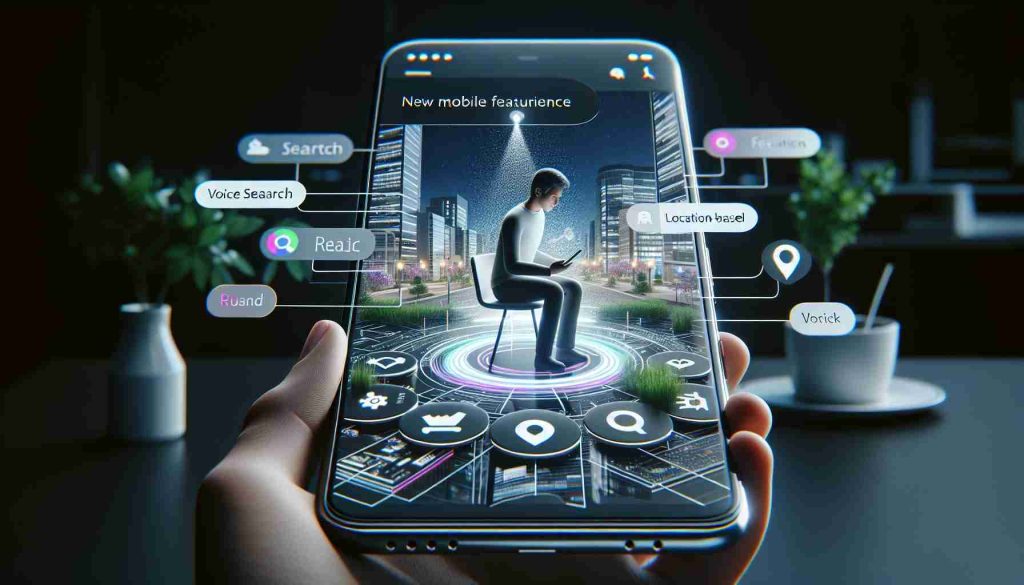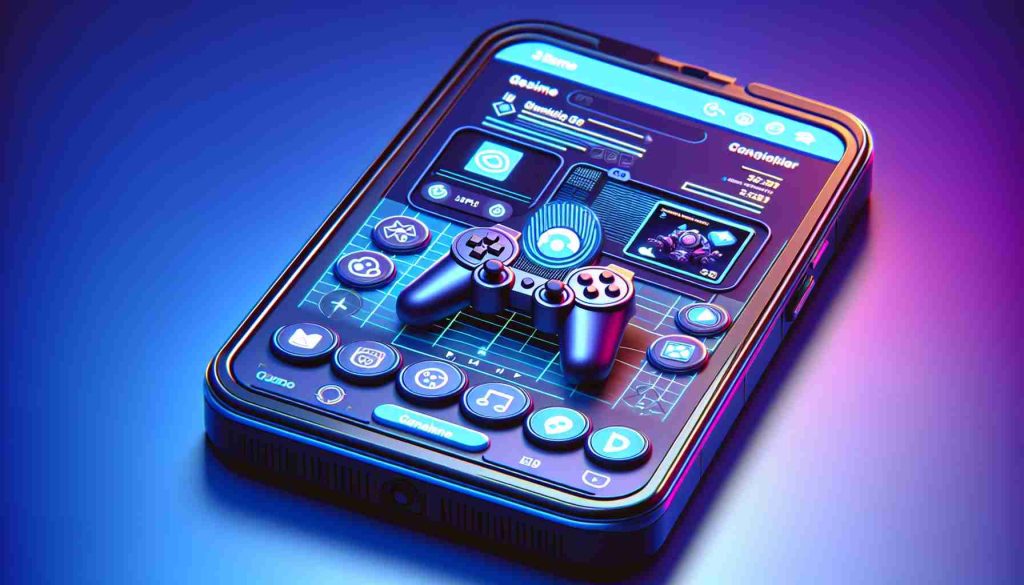In the quiet town of Friedland, local emergency services responded to what was presumed to be a critical incident early Monday morning. This call was driven by reports of yet another potential injury, following a serious accident just days earlier. However, upon their arrival, they were met not with an injured individual, but rather a parked car and a discarded smartphone lying on the ground.
Modern smartphones and smartwatches have the capability to detect significant movements and vibrations, triggering emergency alerts when the user is unresponsive. Unfortunately, this lifesaving feature can lead to a surge of false alarms as well. The spokesperson for the local fire department highlighted the frequency of such calls, noting that they are often dispatched to incidents that do not exist.
Since the introduction of regulations requiring new vehicle models in the EU to be equipped with eCall technology, emergency services have seen an influx of automated distress signals. This system is designed to connect automatically to the nearest emergency response center after specific triggers, such as airbag deployment. While the aim is to reduce accident-related fatalities, both eCall and smartphone alerts have faced criticism due to their propensity for erroneous notifications.
The head of the local emergency center emphasized the need to treat every alert as a serious incident. Although the current landscape in Göttingen indicates a manageable number of false alarms, authorities remain on high alert, recognizing that these advanced systems have the potential to save lives, even amidst their shortcomings.
Essential Tips and Life Hacks for Emergency Preparedness
In a world where technology often aids our safety, it’s equally crucial to be prepared for emergencies. The recent situation in Friedland brings to light the importance of understanding our devices and being ready for the unexpected. Here are a few tips, life hacks, and interesting facts to consider.
1. Understand Your Device’s Emergency Features
Modern smartphones and smartwatches are equipped with numerous safety features. Make sure to familiarize yourself with these functions. For instance, the emergency SOS feature on iPhones can be activated quickly by pressing the side button five times. Similarly, many Android devices have a setting that allows you to send your location to emergency contacts.
2. Regularly Update Your Contacts
Keeping your emergency contact list updated is essential. Ensure that your loved ones know they are listed as your emergency contacts and that they have the necessary information, such as your medical conditions or allergies.
3. Optimize Your Smartphone Settings
To minimize false alerts, disable features that you do not frequently need. For example, if you rarely use the fall detection feature on your smartwatch, it might be wise to turn it off. Investigating your device’s settings can help you customize alerts to fit your lifestyle better.
4. Practice Emergency Communication
In a high-stress situation, you may forget important details. A good strategy is to rehearse emergency scenarios with your family or friends. This way, you can confirm that your loved ones know how to reach emergency services and what information to provide.
5. Keep a Physical Emergency Plan Handy
Having a physical copy of your emergency contacts, directions to your local hospital, and important numbers (like poison control) can be beneficial. This can be particularly useful if your device is dead or misplaced.
6. Learn Basic First Aid
Knowing basic first-aid practices can empower you to act quickly in an emergency. Many local organizations provide courses, including CPR and wound management, which are invaluable skills.
7. Stay Informed About Local Emergency Services
Contact your local emergency services to understand their response protocols and any particular quirks to watch for when making calls. This knowledge could help you communicate effectively in a crisis.
Interesting Fact:
Did you know that eCall technology has significantly reduced response times in serious accidents by automatically providing critical data to emergency services? This system can lead to quicker interventions, which is vital in saving lives. However, the drawback of false alarms emphasizes the need for personal vigilance.
By employing these strategies and understanding the technology at our disposal, we can all be better prepared for emergencies, ensuring we maximize safety for ourselves and others around us. For more on technology around safety, consider visiting Red Cross for resources and training that can further enhance your emergency preparedness.























